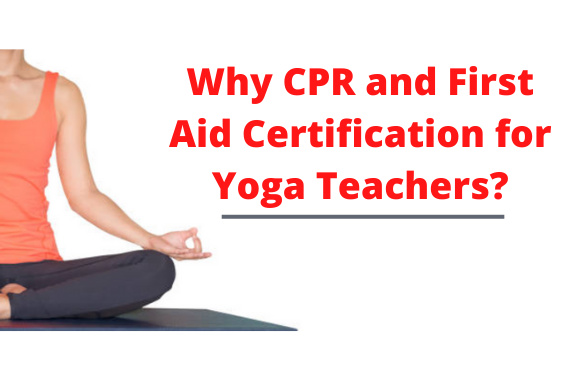The procedure of performing CPR on COVID- 19 patients
The human blood has enough oxygen to keep the person alive for close to an hour. Through the performance of CPR, the blood is kept in circulation, keeping the major body organs alive.
If the rescuer is untrained on CPR or experiences challenges in issuing rescue breaths, it is advisable to give chest compressions only. When performing CPR, there is a risk of contracting the quickly spreading coronavirus. The virus is transmittable by either the person giving CPR or the one receiving. It is practical to take up safety measures when performing CPR to unknown persons.
Recognizing signs of life in a cardiac arrest victim
With the outbreak of the virus, you should avoid using the known ways of checking for signs of life. The rescuer should avoid placing their ears and cheeks close to the victim’s mouth to check for breathing. In this case, you should tap the victim’s shoulder and try talking to them to see if they’ll respond. If the rescuer is in doubt about the signs of life, they should immediately call for help and begin on the chest compressions.
Performing CPR
The CPR hands-only procedure involves giving compressions use of the heels of the hands. First, move the victim to safety if need be and lay them on their back. The compression should be performed the chest right between the nipples at a rate of 100-120 chest compressions per minute. The recommended pressure on the chest should push to a depth of 5-6cm.
The rescuer should keep performing the chest compressions until the victim recovers, emergency response take over, the victim is pronounced dead, or their lives are at risk. Performing CPR will help keep the blood flowing to the vital organs by creating an artificial heartbeat.
Performing CPR to children and infants
The caretaker of children should always be on the watch out for signs of the coronavirus. If a child or infant experiences difficulty in breathing, the caregiver should call for help and start on CPR within the shortest time possible. However, if untrained, the individual should rush the child to the hospital before he or she progresses into a cardiac arrest.
When performing CPR on children and infants, the chest compressions are similar to those of adults except less pressure is applied. For infants and children, the pressure applied on the chest compressions should not exceed 1.5 inches deep. The rescuer can use three fingers to provide the chest compressions.
Giving CPR and rescue breaths
The performance of rescue breaths helps in supplying the victim with oxygen through the lungs wherever the individual has difficulty breathing or stops breathing altogether. CPR alongside rescue breaths helps in keeping the victim alive. The rescuer should give 30 fast chest compressions at a rate of 100-120 compressions per minute and two rescue breaths alternatively, repeating the cycle till health professional take over or the victim regains normal breathing. After delivering the first rescue breath, the chest of the victim should rise. Failure to raise will mean that there is an obstruction in the airway of the victim. If you are unable to get rid of the blockage, the rescuer should keep giving the chest compressions.
For children and infants victims, the rescuer should avoid breathing too hard into them and use the cheek size pressure.
Traditionally, this procedure involves breathing directly into the victim’s mouth or nose. This practice might be risky with strangers and persons suffering from the coronavirus. Barriers are beneficial for personal safety when giving rescue breaths. If unable to access it, give chest compressions till help arrives.
The use of AED
However, CPR and rescue breaths alone cannot restore the heartbeat. The automated external defibrillator is applied to a cardiac arrest victim to deliver electric current to the victim’s heart. If the rescuers have access to AED and the skills, make use of the device as it increases the chances of survival of the victim. Using the AED machine does not increase the risk of acquiring the coronavirus.
The AED is used to revive cardiac arrest victims by delivering shocks to the heart, which help restore its normal functioning. When the heart stops pumping blood, it undergoes some stages before it dies completely. For an individual experiencing cardiac arrest, the heart’s pace is too fast, too slow, or irregular. The states classified as ventricular fibrillation (Vf), non-perfusing ventricular tachycardia(VT) and Asystole. The automated defibrillator can detect if the heart rhythms are shockable. If the heart is in Asystole, shocking, it will not revive the patient.
Use of personal protective equipment PPE
The rescuer should make use of personal protective equipment if accessible. Such include medical masks, gloves, face shield\goggles, and protective gowns. After use, the rescuer should remove the personal protective equipment appropriately and dispose of as required. Upon taking off the protective gear, the rescuer should wash hands thoroughly with soap and water.
Hygiene practices to prevent the spread of the COVID -19 virus(Coronavirus)
After performing CPR, the rescuer should wash hands thoroughly with soap and water. Alternatively, the individual can make use of alcohol-based hand gel to sanitize their hands.
Read the complete article at CPR Select.







